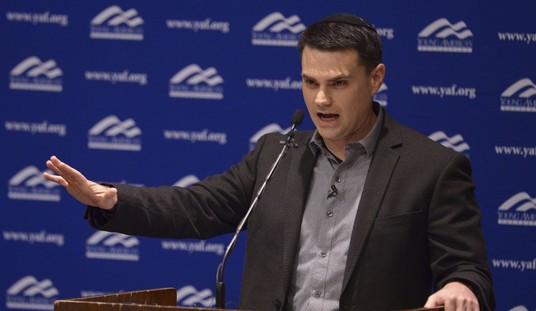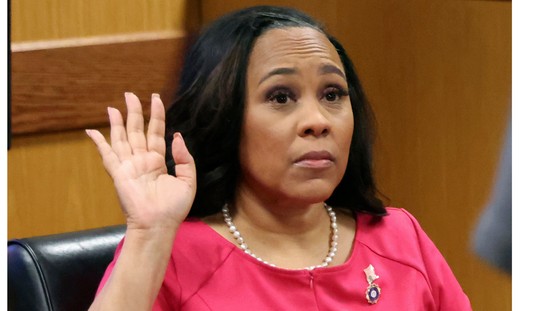At the end of the school year, San Francisco public schools counted the number of enrolled students and found it was the lowest number they had seen in decades. The decline in the number of students is likely to amount to a $20 million reduction in funds going into the system.
More than 1,700 San Francisco students left the city’s public schools over the past year, a decline in enrollment that could get worse in the fall, resulting in an estimated $20 million loss in state funding.
As the school year rolled to a close in recent weeks, the district counted 50,955 students in its schools, the lowest enrollment in decades and a 3% drop compared with the end of the 2020 school year, according to a report prepared for a school board budget committee meeting Wednesday.
The decline was seen across racial and income lines, although white enrollment saw the largest loss, a decline of 4%, or 299 students, during the school year.
At first glance you might think this decline has been motivated by the pandemic itself but now that California and the rest of the country is seeing the light at the end of the lockdown tunnel, you would expect things to pick up again next year. That could still happen but at the moment early enrollment numbers for next year don’t look good.
So far, the number of students registered for kindergarten is down to 3,504, a loss of 374 children — a nearly 10% decline from a year earlier. The district saw a 55% decline in kindergarten applications from white families.
In short, it looks like things are going to get worse before they get better. And that shouldn’t be a surprise if you look at the mess that the San Francisco school board has created over the past few months.
First there was the ongoing argument about renaming schools using bogus research. The board kept a person off their own advisory committee because he was a white male. Then there was the decision to end competitive selection at Lowell High School which led to a recall effort of three of the board members. That effort kicked into high gear when someone associated with the recall publicized tweets in which board member Alison Collins said some arguably racist things about Asian students and families. In response, the board voted to strip Collins of her leadership role (she had been the board’s VP) and committee assignments. In April, Collins sued the school board for $87 million though one las professor who read the complaint concluded, “It’s more of an op-ed pretending to be a lawsuit.”
Most importantly, while all of this was keeping the board very busy, students were not attending school. In fact, the city took the unusual step of suing its own school district to try to motivate it to push teacher’s unions to reopen. Meanwhile, contrary to all evidence about the negative outcomes associated with remote learning, School Board President Gabriela Lopez blithely suggested that students were, “just having different learning experiences than the ones we currently measure.”
Finally in early May, the union and the school district did agree to let seniors return to classrooms but it turned out this was a gimmick designed to siphon $12 million from the taxpayers. Only a handful of seniors would be welcome. Most wouldn’t return to their own schools and no instruction would take place. In fact, the students would literally need to take time away from online learning activities in order to gather for what amounted to a social hour. The San Francisco legislators who’d written the law offering money to schools that reopened before the end of the year denounced the effort i San Francisco as an attempt to exploit the law. They asked that no funds be given to the district.
So in light of all of that, is it any wonder that a lot of parents who care more about their kids than whatever the progressive union and progressive school board are doing are simply fed up and looking for somewhere else to send their kids. Get woke, go broke is something the SF school district is going to experience first hand.








Join the conversation as a VIP Member